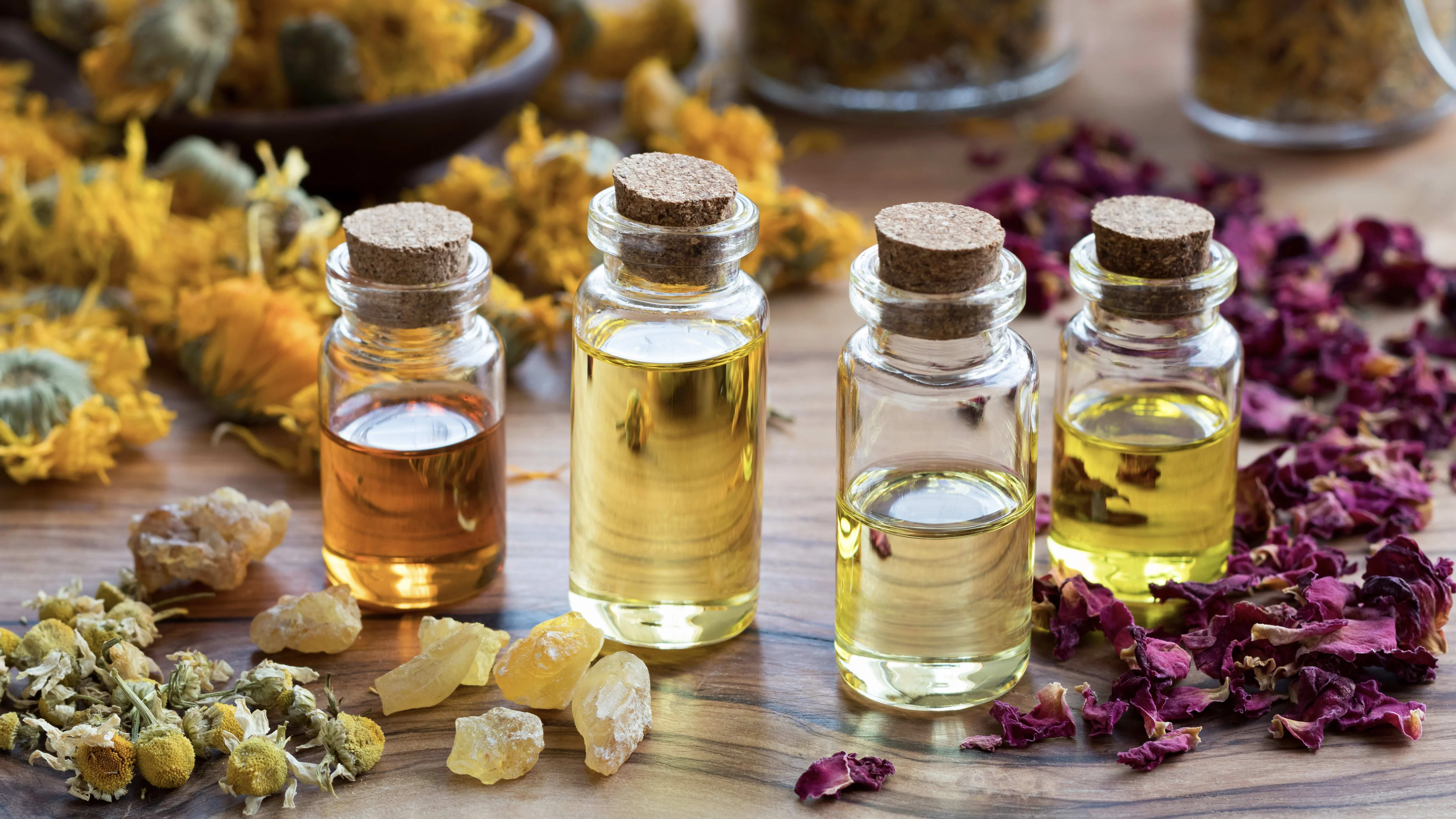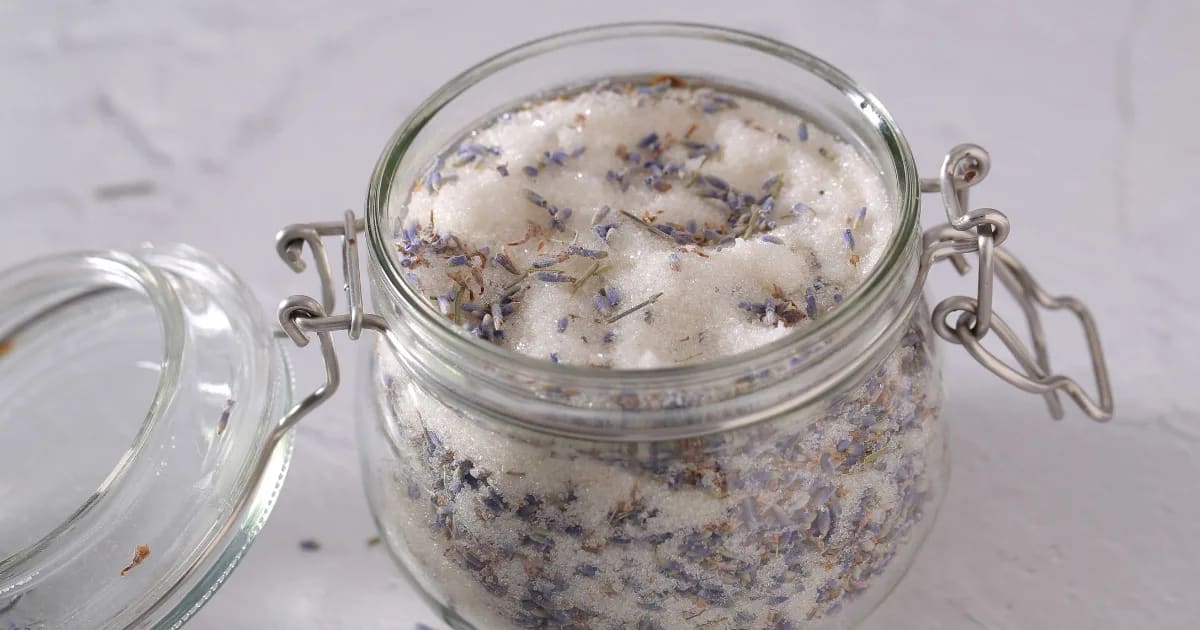Lime Thyme: A Sun-Safe Citrus Blend for Kids’ First Aid
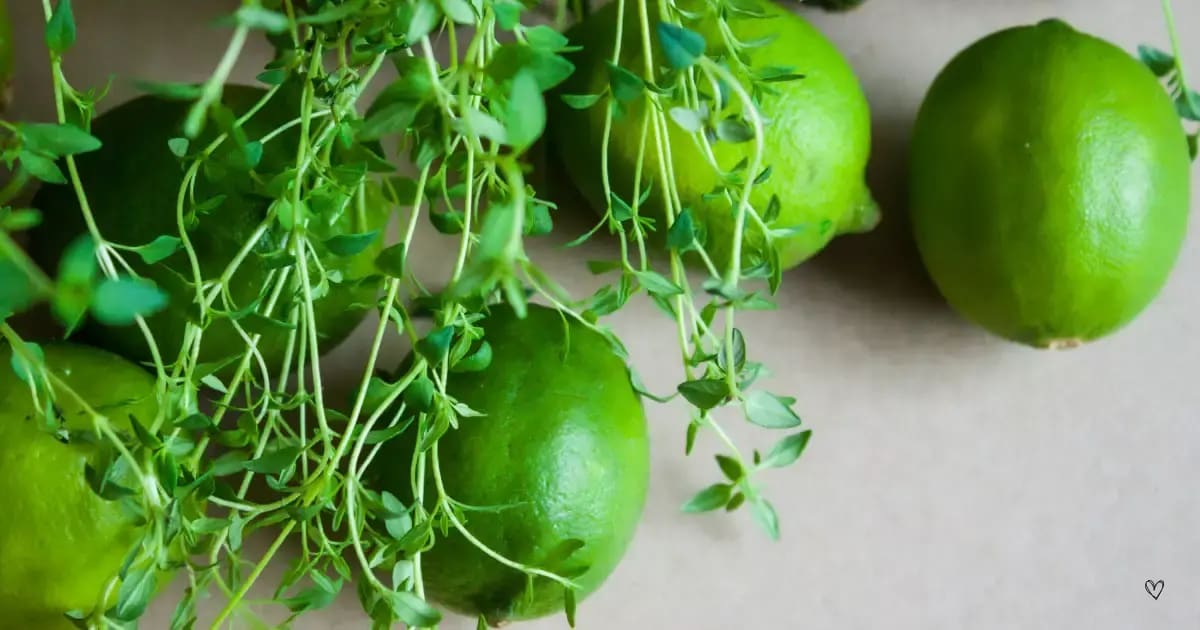
Citrus Essential Oils: the Heart of Summer!
Late summer is a time of vibrant colors, the air humming with the melody of laughter as we gather outside. For kids, it’s a season of adventure—they’re eager to get in all the play they can before the school bell rings once again. Occasionally, playtime is interrupted by the appearance of a scraped knee or a little cut, often accompanied by some tears. Such times call for soothing aromatherapy blends.
Children are naturally drawn to the lively scents of citruses. These oils are rich with anti-inflammatory, infection-reducing molecules. But citrus oils also come with a whisper of caution: they are phototoxic.
In this post, I’m sharing one of my favorite ways to nurture children during minor injuries: making a blend with citrus essential oils for kids’ cuts and scrapes—without causing reactions in the sun.
Along with the benefits of citrus oils, we will cover:
What a phototoxic skin reaction is (and which oils can cause it).
How many drops of essential oil are safe for children.
A fruity, skin-safe recipe for kids’ cuts & scrapes.
Here’s another reason I love using citrus oils for kids . . . The bright, fruity scent gets kids excited about aromatherapy! If our children don’t like the scents of our essential oil blends, they won’t use them (or allow us to apply them).
Let’s explore why citrus oils are a good choice for kids’ first aid, and how to use them safely.
Citrus Essential Oils for Kids’ Cuts & Scrapes
If a child experiences a stressful event, like scraping their knee, we want to soothe and protect their wound, while also calming their anxiety. Citrus oils help us with both!
All citrus oils are rich in the component d-limonene, which offers the benefits of:
Reducing pain and inflammation: d-Limonene has been shown to inhibit inflammatory cells. It’s also a low molecular lipophilic compound, meaning that it’s easily absorbed by cells to prevent inflammation at the scene of the action.
Helping to prevent infection: Multiple studies have demonstrated d-limonene’s ability to reduce the presence of germs, including various bacteria and viruses.
Soothing anxiety: Any time I’m blending to calm stress and inspire a happy, lifted mood, I reach for a citrus oil!
I wrote about d-limonene’s abilities to relieve pain and fight microbes in a few recent posts about Lime essential oil (Citrus aurantifolia). The information in these posts is relevant for all citrus oils. Learn about d-limonene’s therapeutic benefits and how it supports our emotions.
Along with their sweet, fruity aromas, these wonderful benefits are why I love using citrus oils for children. But it’s important to be aware of a few safety considerations, because most citrus oils are phototoxic.
What is a Phototoxic Essential Oil?
A phototoxic essential oil can cause an unwanted skin reaction in sunlight (and in UV tanning beds).
If the essential oil is applied to skin without being safely diluted, and that skin is exposed to sunlight, it can result in burns, blisters, and discoloration. A short walk to your mailbox won’t likely be long enough to cause a concern, but running around outside for a game of tag could be.
Phototoxic reactions have nothing to do with your oil’s purity.
It’s all about the compounds that are naturally present in the oil.
Citrus oils have so much to offer us! However, we do want to be educated on how to use them safely. (Learn more about phototoxicity here, or join us in Aromatherapy for Natural Living.)
Which Essential Oils are Phototoxic?
Many citrus essential oils are phototoxic.
A few exceptions are Sweet Orange (Citrus sinensis) and distilled Lime (Citrus aurantifolia). (But take note: cold-pressed Lime is still phototoxic. With Lime essential oil, the production method is important!)
Can You Use Phototoxic Citrus Essential Oils Safely?
Yes, absolutely!
Inhalation poses no concern whatsoever. Feel free to make an inhaler, or diffuse your essential oils all you like.
If you’d like to apply them topically—for yourself or for children—be sure to dilute them safely. Each phototoxic oil has different guidelines for how many drops are safe in 1 fl oz (30 ml) of carrier.
Cold-pressed Bergamot (Citrus bergamia): 2 drops per fl oz
Cold-pressed Lemon (Citrus limon): 12 drops per fl oz
Cold-pressed Lime (Citrus aurantifolia): 4 drops per fl oz
Cold-pressed Grapefruit (Citrus paradisi): 24 drops per fl oz
Blending two or more of these oils together compounds their phototoxicity.
If you’d like to combine two phototoxic essential oils in your blend, the calculations can get challenging. I highly recommend choosing a single phototoxic oil, or consulting with a certified aromatherapist.
How Much Essential Oil to Use for Kids?
As an RN, I’ve witnessed how children’s systems are smaller and more responsive than adults’. Often, it only takes a little nudge to bring them back into a balance of health. So The Aromahead Approach® to blending for children is to use fewer drops than for adults.
For children younger than 5, I often skip essential oils altogether. Carrier oils and hydrosols are often enough to support them. (Hydrosols are aromatic waters. Learn more about them here.)
That said, I will sometimes use essential oils for strong, robust 3 and 4 year olds. For kids between 5 and 12, we use a 1% dilution, which is 5 to 6 drops of essential oil per fl oz (30 ml) of carrier.
Does the drop count for phototoxic oils change for kids?
No.
If 12 drops of Lemon is safe for an adult, the same drop count doesn’t become phototoxic for kids. However, you would use a lower drop count based on the fact that you’re blending for a child. If you chose to use 6 drops of Lemon for a child, that would be a sun-safe blend.
A Sun-Safe Citrus RecipeThis is a recipe that comes in handy during the late days of summer!
If they scrape their knee or get a cut, we want to soothe their pain and reduce the possibility of infection. Distilled Lime essential oil can help with both intentions, as can Benchmark Thyme. Benchmark Thyme is a unique combination of four powerful species of Thyme, all of them excellent at fighting microbes, and soothing pain.
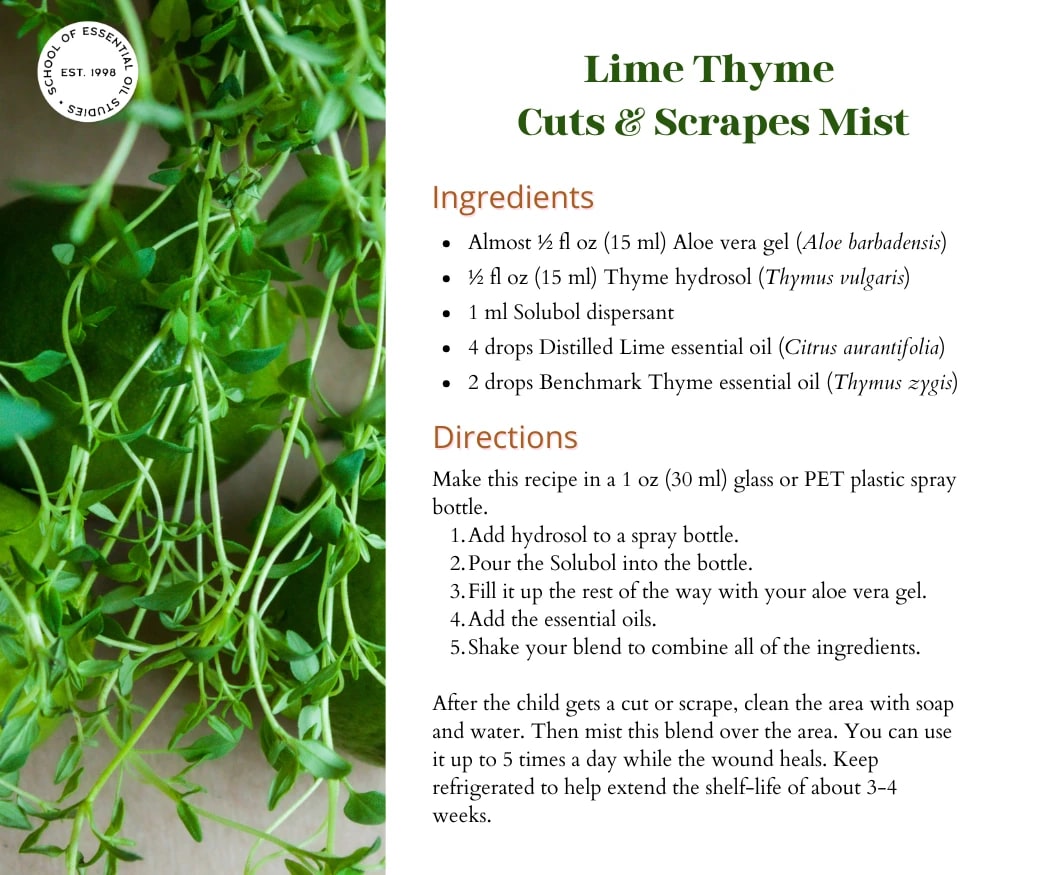
Lime Thyme Cuts & Scrapes Mist
Ingredients
Almost ½ fl oz (15 ml) Aloe vera gel (Aloe barbadensis)
½ fl oz (15 ml) Thyme hydrosol (Thymus vulgaris)
1 ml Solubol dispersant
4 drops Distilled Lime essential oil (Citrus aurantifolia)
2 drops Benchmark Thyme essential oil (Thymus zygis)
Directions
Make this recipe in a 1 oz (30 ml) glass or PET plastic spray bottle.
Add hydrosol to a spray bottle.
Pour the Solubol into the bottle. This will keep your essential oils dispersed through the aloe vera, which is a water-based ingredient.
Fill it up the rest of the way with your aloe vera gel.
Add the essential oils.
Shake your blend to combine all of the ingredients.
After the child gets a cut or scrape, clean the area with soap and water. Then mist this blend over the area. You can use it up to 5 times a day while the wound heals. Keep refrigerated to help extend the shelf-life of about 3-4 weeks.
My Takeaway
As we savor the vibrant days of late summer, it's reassuring to know that nature provides us with powerful tools to care for our children. Citrus essential oils, with their bright, uplifting scents and remarkable therapeutic properties, are perfect for soothing cuts and scrapes while calming anxious little hearts. By understanding the phototoxic nature of these oils and using them safely, we can experience their benefits without worry.
Are you enrolled in Aromatherapy For Natural Living? This is one of my favorite Aromahead courses geared towards getting you started right away with healing solutions for the whole family.
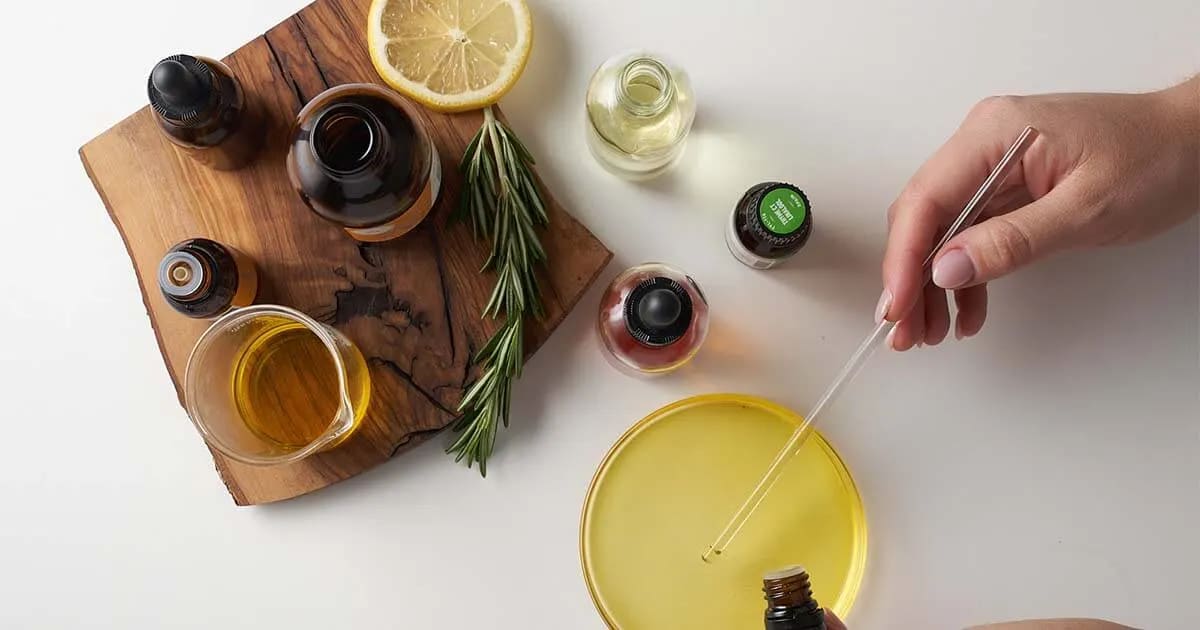
References
Erasto, P., Viljoen, AM. (2008). Limonene - A Review: Biosynthetic, Ecological and Pharmacological Relevance. Natural Product Communications 3, 7, 1193-1202.
Guimarães, A.G., Quintans, J.S.S. and Quintans-Júnior, L.J. (2013) Monoterpenes with analgesic activity – a systematic review. Phytotherapy Research 27, 1-15
Hirota, R., Roger, N.N., Nakamura, H., Song, H.-S., Sawamura, M., and Suganuma, N. (2010) Anti-inflammatory effects of limonene from yuzu (Citrus junos Tanaka) essential oil on eosinophils. Journal of Food Science 75, 87-92.
Lang, G. and Buchbauer, G. (2012) A review on recent research results (2008-2010) on essential oils as antimicrobials and antifungals. A review. Flavour and Fragrance Journal 27, 13-39.
Liu, C., Cui, Y., Pi, F., Cheng, Y., Guo, Y., & Qian, H. (2019). Extraction, Purification, Structural Characteristics, Biological Activities and Pharmacological Applications of Acemannan, a Polysaccharide from Aloe vera: A Review. Molecules (Basel, Switzerland), 24(8), 1554. https://doi.org/10.3390/molecules24081554
Rota, M.C., Herrera, A., Martinez, R.M., Sotomayor, J.A. and Jordán, M.J. (2008) Antimicrobial activity and chemical composition of Thymus vulgaris, Thymus zygis and Thymus hyemalis essential oils. Food Control 19, 681-687



